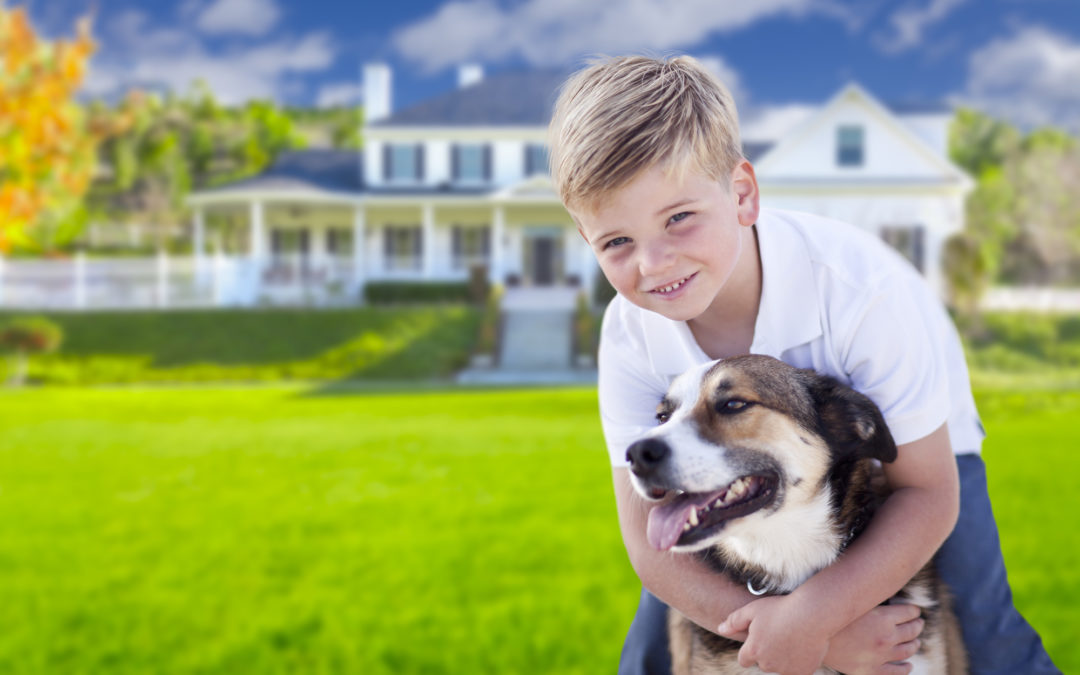Experts agree that having and spending time in our green space (a.k.a. being an “outsider”) is good of our bodies and our minds. Spending time in nature has been scientifically proven to reduce stress, improve memory, boost heart health, and offer a host of other benefits.
Owning a pet is also good for your health. Dog owners are more likely to engage in moderate to physical activity than non-dog owners. In fact, dog owners walk an average of 300 minutes per week, while those without a dog walk 168 minute per week on average.
No one knows and appreciates the backyard like the family pet. Pet ownership – and treating the pet like a favored member of the family – is a mega-trend that isn’t going anywhere anytime soon.
- A third of millennials say having a dog is their primary motivation for buying a home (SunTrust Mortgage study).
- Three-fourths of home buyers would pass up on their “dream home” if it wasn’t right for their pet (Realtor.com survey).
- Pet owners say a large yard (45%) and any outdoor space (36%) were the most important home features (Realtor.com survey).
Savvy Realtors® can capitalize on this trend to boost sales. Here are some tips for Realtors® to keep in mind when pets are in the picture, courtesy of the Outdoor Power Equipment Institute (OPEI).
Focus on grass. Grass is one of the best ground coverings around because it can handle the wear and tear that comes with pets. Bermuda and buffalo grass are especially hardy varieties, though your buyer should install a variety that is right for their climate zone. This is the environmentally friendly choice, and it saves on water usage.
Sell the shade. Dogs need a place to relax away from the sun after a day of play. A tree or bush can provide the perfect respite.
Address activity areas. It’s a good idea for pet parents to train their dogs to do their business in a certain area of the yard. Sturdy, yet soft foliage can create a natural barricade between that space and the rest of the lawn. Shrubs make a pretty – and effective – barrier for vegetable gardens.
Point out pet potential. Not every yard is set up to pamper a pet, but point out the potential to create a pet paradise. Is there room to build a pergola for additional shade? Could a fence easily be installed? Maybe there’s a perfect spot for a shallow water feature that could help hot pets cool off. A canine obstacle course can provide hours of fun if the space is available to install one.
Look for hazards. Pets don’t know the difference between plants that are okay for them and those that are not. A few common toxic plants for dogs are: carnations, chrysanthemums, daffodils, hostas, ivy, lilies, morning glories, tomatoes, and tulips. For a complete list, visit ASPCA’s list of non-toxic and toxic plants.
To learn more about the benefits of the family yard for pets, people and the planet, go to TurfMutt.com.

